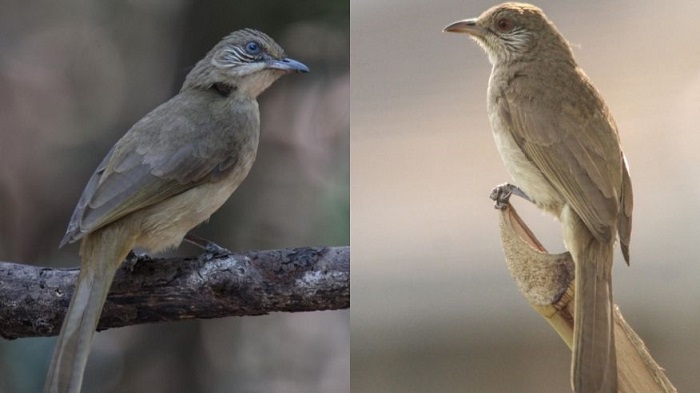Surprising DNA test result leads to bird discovery

The bird is called the streak-eared bulbul, and it’s common in Southeast Asia. One type, with red eyes, is called Pycnonotus blanfordi blanfordi, and lives in Myanmar. The other, with blue or greyish eyes, lives in Thailand, and is called Pycnonotus blanfordi conradi.
“Streak-eared bulbul is a very common bird. It’s in city parks in Bangkok or in Rangoon,” Robert Tizard, a senior technical advisor to the WCS’s Mynamar program, told. “It’s a garden species that people would see every day if they were out looking.”
The similarities between the two birds don’t stop at their appearance, even if there are some subtle differences, Tizard said.
“They sound very similar as well,” he said. “They make these screechy sounds — sort of a scratchy call — that isn’t particularly distinctive. So everybody just considered them as a common species with some slight differences.”
But a genetics test at the National University of Singapore gave the scientists a surprise.
“When we just look more closely at the DNA, their origins are completely separate,” Tizard added. “So they have evolved to be incredibly similar, but aren’t.”
In fact, according to WCS, the original divergence between the two bird types— which the WCS recommends now labelling as different species— date back to the early Pleistocene period, they said in a statement.
They even suggest a new name for the red-eyed bird type that lives in Myanmar: the ayeyawady bulbul. The Thai species would keep the same common name, the streak-eared bulbul.
The fact that it’s become easier and less expensive to examine the genomes of animals has allowed scientists to understand species more thoroughly that just looking at, say, their feather colors.
“Now, DNA is becoming more of a practical tool to look at these species and figure out what’s really going on,” Tizard said.















































